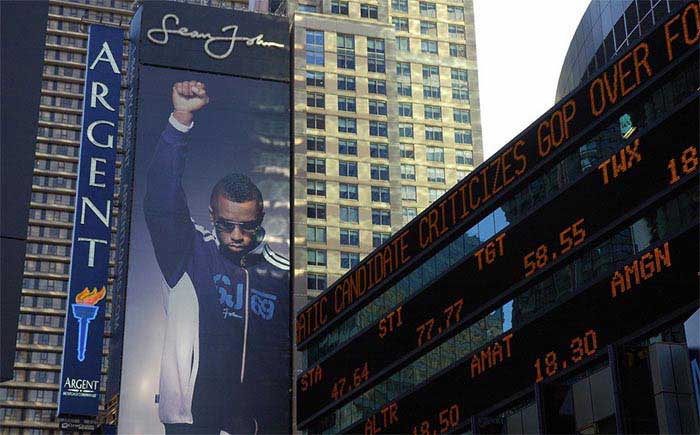Stocks for US Mortgage Giant UWM Decline Despite Massive Profits in 2021
In some of the most profitable years since its inception, the leading US mortgage lender, UWM Holdings, reported a historic $1.4 billion profit in net income in 2020. This represents a whopping 822% profit, capping what seemed a sterling achievement.
Surprisingly, the massive profit margin wasn't enough to satisfy the company's investors. As a result, by early February 2021, the shares dropped by about 10% - reflecting investor diffidence. According to UWM Company spokesperson, the firm barely missed its 2020 profit projections by a tiny margin. The management expected UWM to achieve lower profit margins on its new mortgages in the quarter ending in March 2021. UWM is also known as Pontiac. In efforts to lure investors in September 2020, the UWM management had announced that the company expected to earn $200 billion in originations.
Despite this, a Wedbush Securities Analyst, Henry Coffey, expressed confidence, saying that Pontiac's quarterly performance was significantly strong. Interestingly, after a record-shattering 2020 performance, the UWM investors demonstrated nervousness about the company's future profitability prospects with regards to originating mortgages. This explained the significant decline in the company's share performance by early 2021.
On a more positive note, the UWM's CEO, Mr. Mat Ishbia indicated that his company's lending business would grow by a minimum of 15% in 2021. This disregarded the fact that other industry analysts expressed pessimism about the mortgage business's growth in 2021. In an interview, the CEO said that his company 'Was not even close to achieving all the refinances that ought to be in the market at this time.'
UWM is currently the US' topmost wholesale mortgage lender. In its position, UWM primarily offers funds for mortgages that loan brokers originally manage. In the last quarter, the company reported $ 54.7 billion in its loan originations. This means that the UWM's annual total equaled $ 182.5 billion.
In September 2020, UWM merged with Gore Holdings IV. The latter is well-known as a special purpose acquisition company. The pair gleefully enjoyed an unprecedented mortgage profit wave to achieve a $16 billion evaluation by the end of the period. In early 2021, UWM made its first public trading business on the New York Stock Exchange; by the debut week's close, the company had a market value worth more than $18 billion. In the upcoming quarter, the company management expects UWM to produce $52-57billion worth of new mortgages. Nevertheless, despite these successes, the management expects a significant run of performance. For instance, UWM strategically plans to capture at least 50% of the US wholesale market- to the detriment of its competitors.
Shortly before the company went public in a deal worth $16.1 billion (with SPAC), the CEO stated that observers would make a great mistake if they thought the company's performance would deteriorate. It soon became apparent that UWM was the biggest purchase lender in the entire US market. There was no doubt that UWM was far ahead of the competition-including Rocket Mortgage, its arch-rival. The CEO recently said that, with increased technological investment, UWM was set to rake in more profits in 2021.
Further, the CEO had this to say to indicate the reasons for his company's success: 'We have achieved a wonderful quarter-despite some decline- it's all been an amazing year. We, however, expect this to be our best year in history. I say this considering the mortgage volume prospects. As a company, we aim to focus on the fundamental business at hand. For us, the stock price only follows; it does not lead.' The CEO also explained that the stock price, rather than the 2020 record volume, was linked to 'a normal' year. He expressed optimism that the stock prices would rise to peak at about $13.50. For UWM, he said, the primary focus was business.
He further emphasized that they'd not allow the company's business in the broker channel to be interrupted by the usual fluctuations in the stock market prices. 'We must make the broker share go up, educate the people, and invest in technology. Yes, once we achieve this, the broker channel will undoubtedly grow. It does not matter whether the stock price is $20, $9, or $5; these factors have absolutely no impact on us.
The CEO was confident that on April 6, when the company gives its first dividend, the market dynamics will vindicate his optimism with the UWM's performance and projected growth.




